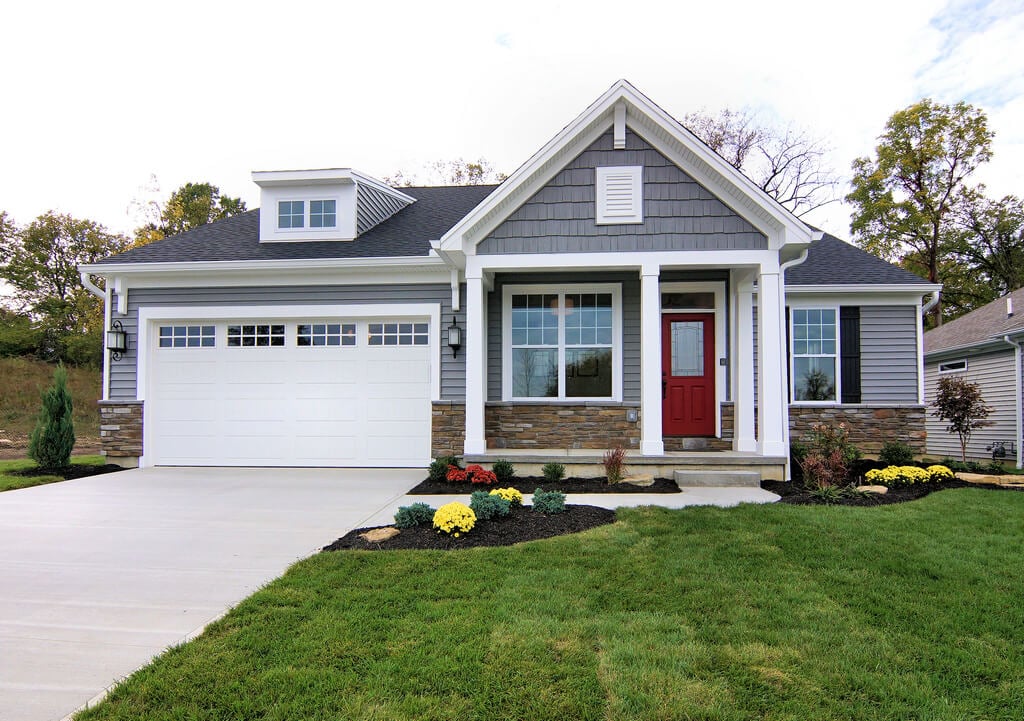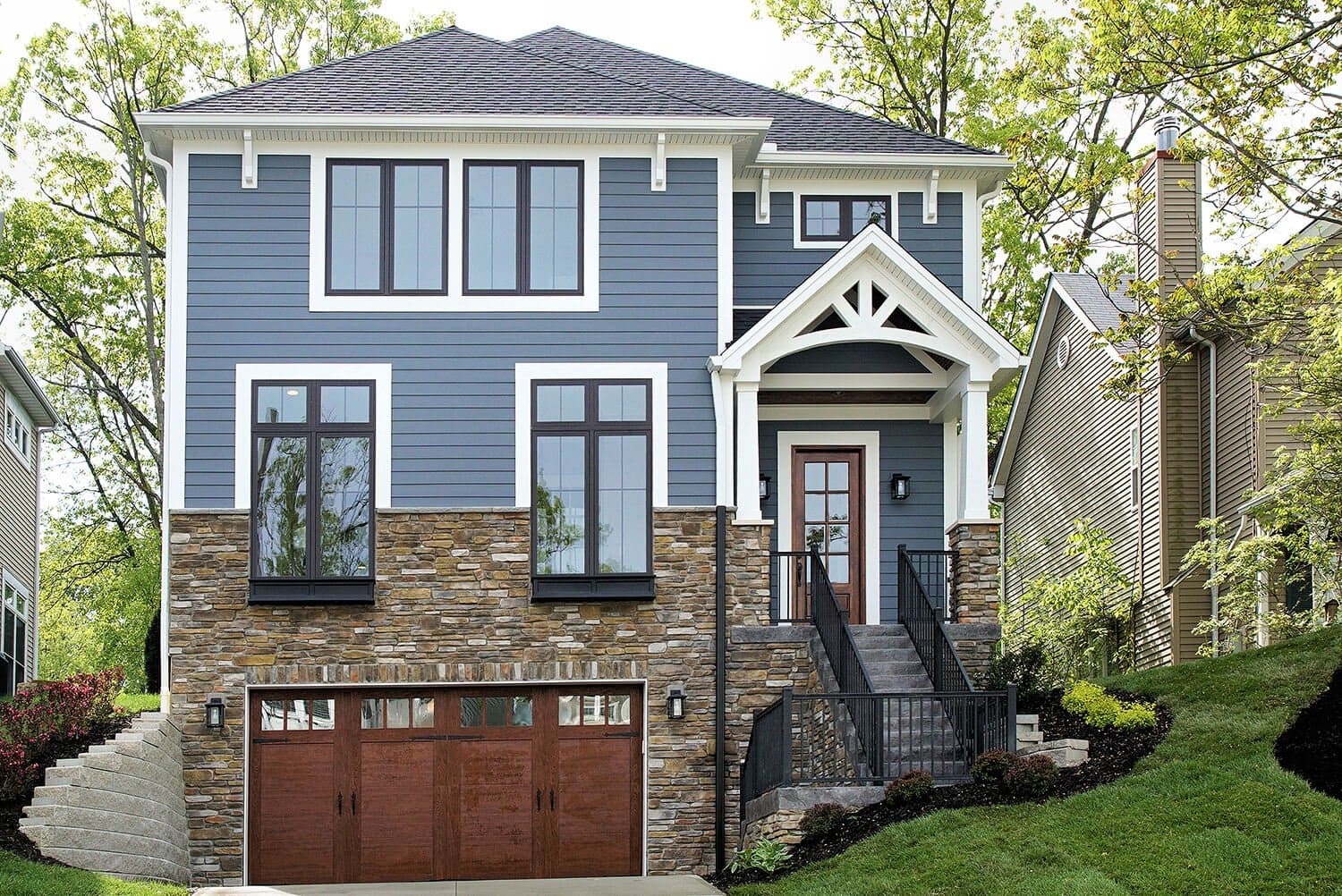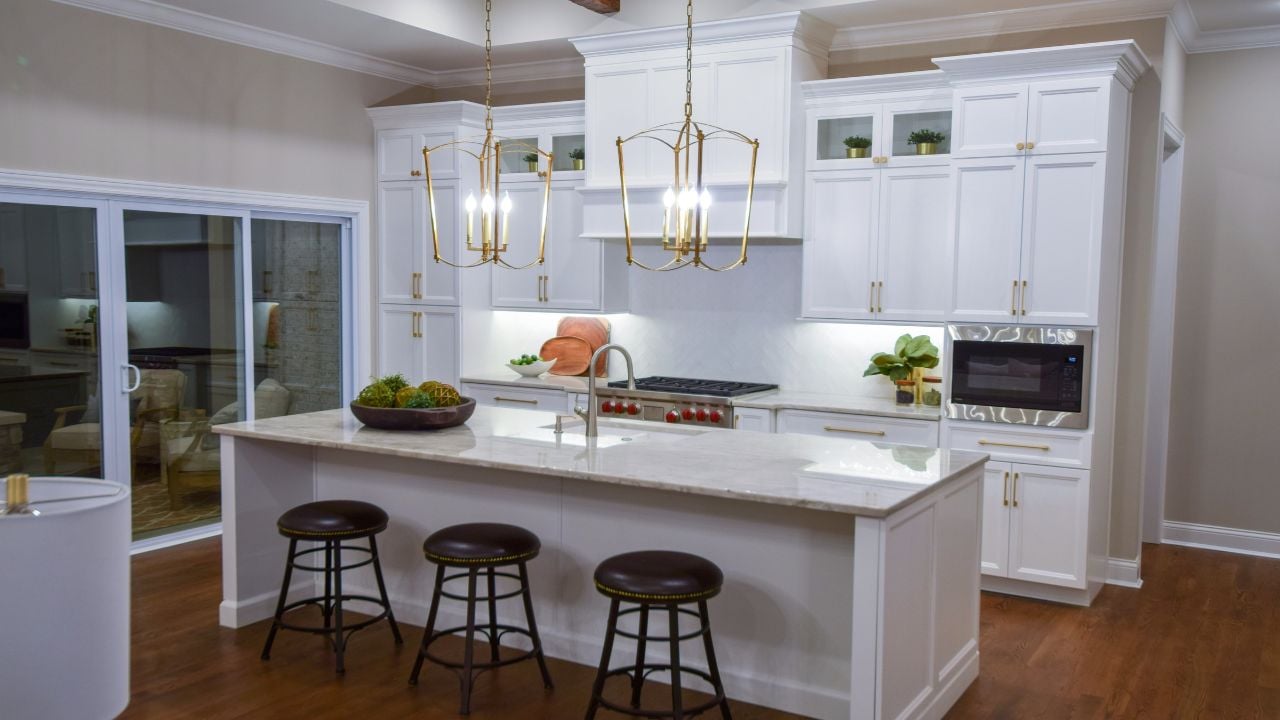Building on Your Lot in Cincinnati: How to Choose Your Custom Home Builder
You have the perfect lot for your custom home, but you’re just missing one thing: someone to build it. When you’re beginning the process of choosing...

Every family has a list of must-haves that are difficult, even impossible, to find in the housing market. You may have decided that the only way to get the home your family needs is to design and build a custom home, but where do you start? Knowing how much home you can get for the loan you can secure starts with proper planning and knowing how much it will cost to build the house you need. Just as with a custom home, you’ll build your budget from the ground up.
Lenders and builders may offer online calculators that can give you an idea of the loan amount you’ll be offered and at what rate, based on various financial information. To calculate how much you’ll be able to borrow before approaching a bank, you’ll need to gather these pieces of information:
You will need to find out the credit scores for anyone who will be signing onto the loan. Your credit scores will come from three credit reporting agencies: Equifax, Experian, and TransUnion. You can find information for collecting your credit scores through the federal government website, or third-party online resources, like Credit Karma.
To calculate your ITD ratio, gather any credit debt, your current mortgage, rent, and student loans. A passable ITD ratio is no more than 36% for most lenders.
A minimum down payment is usually 20%, but it depends on the lender. Also, the higher your available down payment, the lower your monthly payment will be.
Working with a design-build team, rather than an architect and builder separately, will save you from the common frustrations that can come from having multiple points of contact and hiring more than one professional. The design-build process is more streamlined, offers more efficient communication between you and your team as well as between the team members, and can save you on the costs associated with these missteps. You’ll benefit from a more stress-free process without sacrificing beautiful, energy-efficient, and functional design.
You’ve likely already been dreaming of your perfect custom home. Make note of every must-have and every wish list item before interviewing custom home builders. During the interview, they will need to know your design goals to make sure they’re a good fit for your project. The style of home, size, special features and amenities, accessibility, energy efficiency priorities, and more should all be included on your list and mentioned during the interviews.
The more details you can give, the better your potential builder will be able to determine if they are right for the job. Once you’ve decided on a design-build team, you’ll begin the property assessment and design process. Once design has begun, get pre-approved for a loan to know exactly how much you will be able to work with before finalizing your design.
Construction loans are different from home loans and will be used to buy land if you don’t already own a lot, and pay all construction expenses, design fees, permits, and closing costs. There are two different types of construction loans to consider: a construction-to-permanent loan and a construction-only loan.
A construction-to-permanent loan, or one-time close loan, will conveniently transition to a permanent mortgage automatically and you will keep the same rate.
The construction-only loan, or two-time close loan, will cover the construction expenses and permits. Once your home is built, you’ll have one year to apply for a regular mortgage. The benefit of this kind of loan is you will be able to look around for better rates now that you have the equity of a new home.
Remember to compare rates with three to five pre-approvals. Also keep in mind that construction-only loan rates will be slightly higher. Lenders will have three days to send you an offer and, once your credit has been pulled, there is a 45-day window to apply so that all your pre-approvals will count as one credit inquiry. Keep your builder in the loop on timing so you will have your contracts, completed plans, detailed budget, and other documents in hand to apply for your loan.
Budgets are divided into smaller parts with a predictable percentage that will go to each part of building your custom home. The percentages can be pushed and pulled, of course, but for a general idea, you can expect a standard custom home budget to contain these items at these percentages:
If your land in Cincinnati is included in the construction loan, you will need to deduct this cost from your construction budget. Otherwise, the entire amount you borrow can be dedicated to the design and construction of your home.
Your design-build contractor may charge more than 20% of your budget, but remember that you will get what you pay for, so anything less should raise a red flag.
The current condition of your land determines how much will be spent to get it ready for your home, but typically this includes everything your lot needs to be prepared, including:
This will include your foundation and the land preparations that will support it, such as excavation, backfill, and drainage.
During framing, your home is beginning to take shape and will likely include:
The percentage of your budget that will go toward exterior finishes will depend on the materials and style you choose. Communicate the style of home you’re interested in and your designer will be able to help you choose finishes that fit comfortably within your budget without cutting corners on style. Exterior finishes will include:
Your home’s major systems include everything in your home that keeps it running and livable. Major systems are considered:
This line item includes everything inside your house that will make it feel like a home. You and your designer will work together to create a balance of style and quality to make sure your home is beautiful but within your budget. They will help you choose finishes across different grade levels to keep your budget intact. The best approach is to start with the higher priced items, like cabinetry and flooring, and work your way down to lower priced items. If you have wish-list finishes you’d like to include, balance them with builder grade finishes to not overextend this budget line item. Here is what’s included:
These are items that are needed by the crew to build your home. They include items that keep your construction team safe and comfortable on the job.
The line items in this budget include everything needed to build your custom home, but exclude some periphery items that some homeowners might want to include. Just like with your lot, if you will need to cover these costs, be sure to deduct them from your overall loan amount to keep your entire project within budget.
More and more homeowners are learning the benefits of working with a design-build firm for custom home projects. An established design-build firm is a well-oiled machine that prioritizes the client’s experience, is attuned to working within your budget, and values your time. The entire process is seamless and efficient.
Chris Gorman Homes is a premier Cincinnati area design-build firm with a reputation for excellent client care and beautiful design. We will guide you through the entire process and keep your design goals and budget at the center of every decision. Contact Chris Gorman Homes to learn more about the custom home process and schedule a consultation.

You have the perfect lot for your custom home, but you’re just missing one thing: someone to build it. When you’re beginning the process of choosing...

It’s common to be concerned about keeping your custom home budget intact. With such a large investment, you want to be certain about how much you’re...

Custom home builders aren’t one-size-fits-all. Finding the builder that’s the right fit for your project will take some work, but walking into a home...